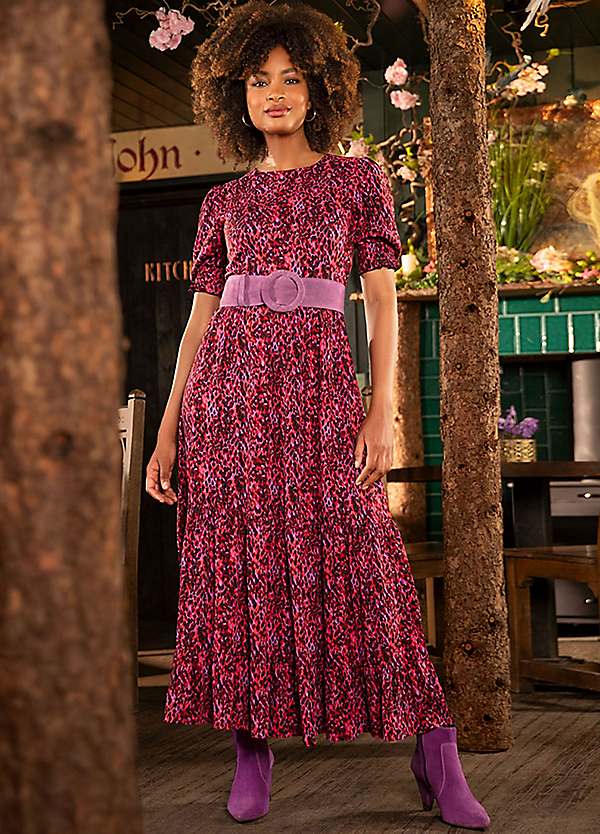Colour me Happy

Clothes Colors and Skin & Hair Tones: A Harmonious Palette
The world of fashion is vibrant and ever-evolving, where colors play a pivotal role in defining personal style and making a statement. While personal preferences and trends often dictate clothing choices, understanding how different colors complement our skin and hair tones can help us to enhance our appearance and create a harmonious overall look.
Skin tone is a fundamental factor when choosing clothing colors. Skin tones can be broadly categorised into: warm, cool, and neutral. Warm skin tones typically have golden, peachy, or olive undertones, while cool skin tones exhibit pink, bluish, or rosy undertones. Neutral skin tones fall somewhere in between and have a more balanced combination of warm and cool undertones.
Those who want to enhance warm skin tones should gravitate towards earthy and warm colors. Shades like terracotta, mustard, olive green, and warm browns can complement the natural warmth of the skin, creating a radiant and harmonious appearance. Earthy tones tend to bring out the golden undertones in warm complexions, making the skin appear vibrant and healthy.
On the other hand, cool skin tones can shine when dressed in cool, jewel-toned colors. Colors like sapphire blue, emerald green, amethyst purple, and icy pastels can work wonders for those with cool undertones. These hues complement the pink or rosy undertones in the skin, creating a striking contrast that enhances one's overall appearance. Cool colors tend to make the complexion appear more balanced and polished.
Neutral skin tones have the luxury of experimenting with both warm and cool colors. They can effortlessly pull off a wide range of shades, from soft pastels to earthy neutrals and jewel tones. However, they should still be mindful of their undertones. If they lean more towards warm, they may find warm colors more flattering, whereas cooler neutral tones can explore cool hues.
Hair color is another essential factor to consider when choosing clothing colors. Different hair shades can either harmonise with or contrast against clothing choices, affecting the overall look. Blonde hair pairs wonderfully with soft pastels, light blues, and earthy neutrals, as these colors create a delicate and elegant contrast. Brunettes, on the other hand, can embrace deeper and richer shades like deep reds, forest greens, and navy blues to create a striking appearance.
Redheads have a unique advantage, as their hair color often complements warm and earthy tones. Shades like rust, mustard, and olive green can enhance their natural beauty and create a captivating look. Black hair provides an excellent canvas for bold and vibrant colors, such as jewel tones and stark contrasts like black and white.
When it comes to creating a harmonious look, it's crucial to consider both skin tone and hair color. The goal is to find a balance that highlights one's natural features while allowing personal style to shine through. Experimenting with different color palettes and exploring various combinations can help individuals discover the perfect colors that make them feel confident and beautiful.
In conclusion, the relationship between clothing colors and skin and hair tones is a fascinating aspect of the fashion world. By understanding our skin and hair undertones, we can make more informed choices when selecting clothing colors. Whether you have warm, cool, or neutral undertones, there's a wide array of colors and combinations to explore, allowing you to express your unique style and enhance your overall appearance. Ultimately, fashion is a form of self-expression, and choosing the right colors can be a powerful tool in making a memorable statement.




